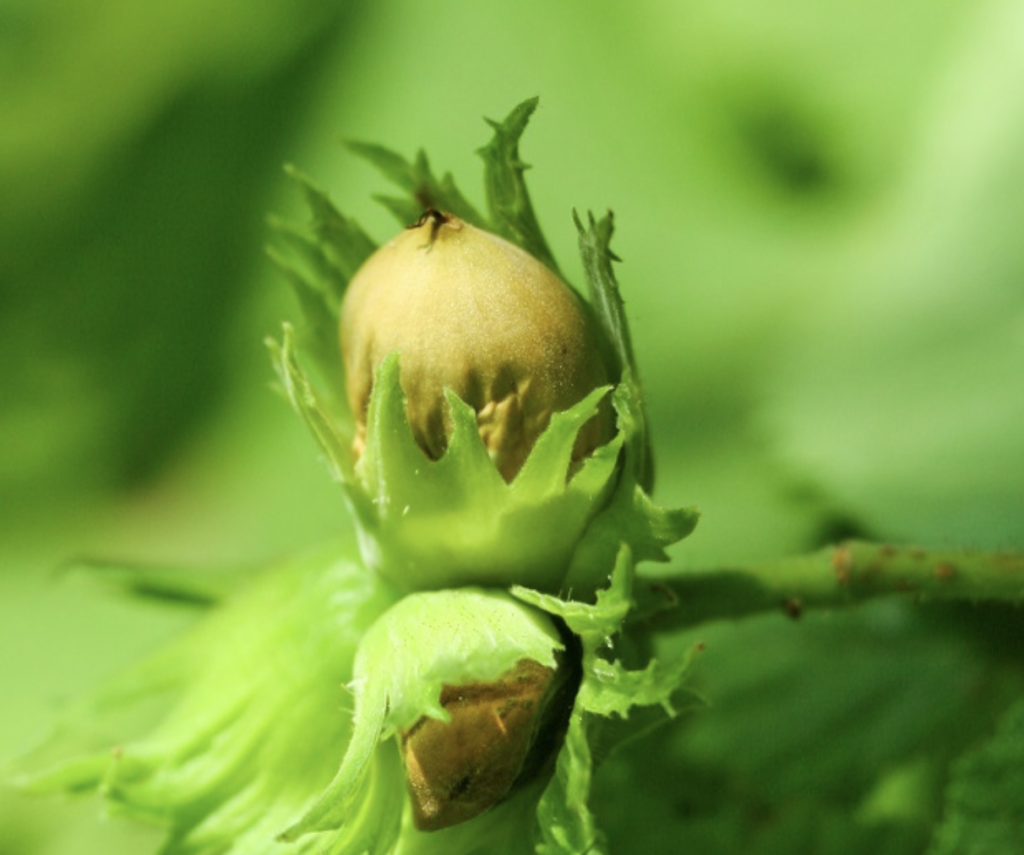Lubrication needs of the ends
A n a c K e s l i Pi a n p the s t oh n a K r The d r u oh n
Before planting, a soil analysis for various minerals, pH and organic matter concentration is recommended. Any deficiencies or high requirements in phosphorus (P) and potassium (K) should be covered before planting. Organic matter, too, is very effectively applied only before planting with incorporation, since in subsequent years soil disturbance must be avoided.
On productive trees, foliar analysis is required every two years and is done by leaf sampling at the end of July. In chestnut, we don't have proficiency levels internationally, so it still doesn't make sense. In pistachio, the leaf diagnosis should be done in the year of non-fruiting.
Ash trees require relatively high amounts of fertilization compared to other arboreal species due to the high protein content of their fruit. In general, I am adverse to applying basic fertilizers from the soil in early winter. Obviously, it is best in irrigated fields to add nutrients by fertilizing when the plants need them and to apply trace elements and phosphorus foliarly at the appropriate time. Conversely, in dry fields, the necessary elements with ammonium sulfate, potassium sulfate and 11-15-15 are applied in late winter, when rainfall in late winter and spring is usually satisfactory. Conversely, in areas with low rainfall, apparently application from December may be more useful.
In all species of hornbeam it appears that post-harvest foliar application of 2% urea and boron and zinc to still healthy leaves significantly helps the following spring trees to bud, flower and develop carpels satisfactorily in the first few weeks after flowering through April , when the trees can absorb elements from the ground!
Almond tree
Mature trees need 80% of nitrogen (N) in spring (primarily for germination and initial fruit development) and summer (primarily for fruit). Up to 12-15 kg N per hectare per year is required. Because almonds are often grown in alkaline soils, soil application of phosphorus is ineffective. Phosphorus should be applied in sufficient quantities (20-30 kg per hectare) before planting and foliarly on fruit trees (2-3 kg per hectare in total with two to three sprays in spring). Potassium is applied in amounts similar to nitrogen, when we have good fruiting.
Only mature almond plantations with very good production (>10 kg crumb per tree) require up to 1 kg N, 0.5 kg P and 1 kg K per tree per year. That is, with an average density of 30 trees per hectare, only in a year of high production (>10 kg of crumbs per tree or >300 kg of crumbs per hectare), 30 kg of N and K are required per hectare per year! It is also very important to apply zinc and boron annually or, at least, every two years.
Walnuts
Walnuts are thought to have similar fertilization needs to almonds.
Hazel
I do not feel that there is recent useful evidence to be able to recommend rational lubrication.

Peanuts
The needs are reduced in dry and non-fruiting year pistachios. 600 g could be applied to dry fruiting pistachios. N, about 500 g. K and 150 gr. P per tree in winter. With the upcoming rains or loosening for weeds in May-June, an additional >200 g is applied. K per tree with potassium nitrate. In irrigated pistachio fields, 600-700 g are applied at the end of winter. N, about 1 kg K and 250-350 g. P per tree. From the beginning of June to the end of July, another 500 g must be applied. N and 200-300 gr. K with potassium nitrate and ammonia nitrate or urea with water fertilization per tree. In all the fruit-bearing trees, I do foliar sprays in June-July with complete fertilizers rich in P, N and K.
source: https://www.ypaithros.gr/ekdoseis/anagkes-lipansis-twn-akrodriwn/
